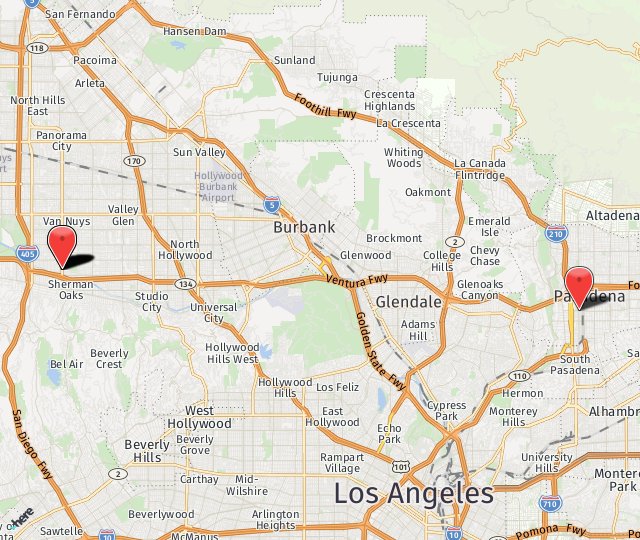What is TMJ Arthroscopy?
Temporomandibular joint (TMJ) arthroscopy is a minimally invasive surgical procedure performed to diagnose and treat disorders of the TMJ. It involves the use of a small, flexible arthroscope, which is inserted into the joint through a small incision.
TMJ arthroscopy allows for direct visualization of the TMJ structures, including the articular disc, synovial lining, and surrounding tissues. It can be used to diagnose conditions such as:
- Internal derangement of the TMJ
- Arthritis of the TMJ
- Adhesions or scarring within the joint
- Localized inflammation
- Loose bodies or fragments within the joint
In addition to diagnosis, TMJ arthroscopy can also be used to perform therapeutic interventions, such as:
- Removal of adhesions or scar tissue
- Release of tight or contracted joint capsules
- Repair or repositioning of the articular disc
- Lavage or irrigation of the joint space
TMJ arthroscopy offers several advantages over traditional open joint surgery, including smaller incisions, reduced postoperative pain, faster recovery, and improved visualization of intra-articular structures.
The TMJ Arthroscopy Procedure
The TMJ arthroscopy procedure typically involves the following steps:
- Anesthesia: The patient is placed under general anesthesia or local anesthesia with sedation to ensure comfort during the procedure.
- Incision: A small incision is made near the TMJ to allow access for the arthroscope and surgical instruments.
- Arthroscopic Examination: The arthroscope is inserted into the joint, allowing the surgeon to visualize the TMJ structures on a monitor. Any abnormalities or pathology can be identified and addressed as needed.
- Treatment: Therapeutic interventions, such as debridement, synovectomy, or disc repositioning, may be performed as part of the procedure.
- Closure: The incision is closed with sutures, and a dressing may be applied to the surgical site.
After the procedure, patients are monitored in the recovery area before being discharged home. Most patients can resume normal activities within a few days.
Recovery From TMJ Arthroscopy
Recovery from TMJ arthroscopy is typically faster and less painful compared to traditional open joint surgery. Patients may experience some discomfort, swelling, or bruising around the surgical site, but these symptoms usually resolve within a few days.
Patients are advised to:
- Rest and avoid strenuous activities for a few days
- Apply ice packs to reduce swelling and discomfort
- Take prescribed pain medications as needed
- Follow any postoperative instructions provided by the surgeon
Most patients experience significant improvement in TMJ symptoms following arthroscopic surgery.
About Our Surgeons
At the Southern California Center for Surgical Arts, our team includes skilled oral and maxillofacial surgeons experienced in performing TMJ arthroscopy procedures. We are committed to providing personalized care and helping patients achieve optimal outcomes.
Schedule a Consultation
If you’re experiencing symptoms of TMJ disorder or have concerns about your jaw health, we encourage you to schedule a consultation with our experienced surgeons. We’ll evaluate your condition, discuss treatment options, and develop a personalized plan to address your needs.
Contact us at our Sherman Oaks office at (818) 789-6622 or our Pasadena office at (624) 440-0099 to book your appointment today.

